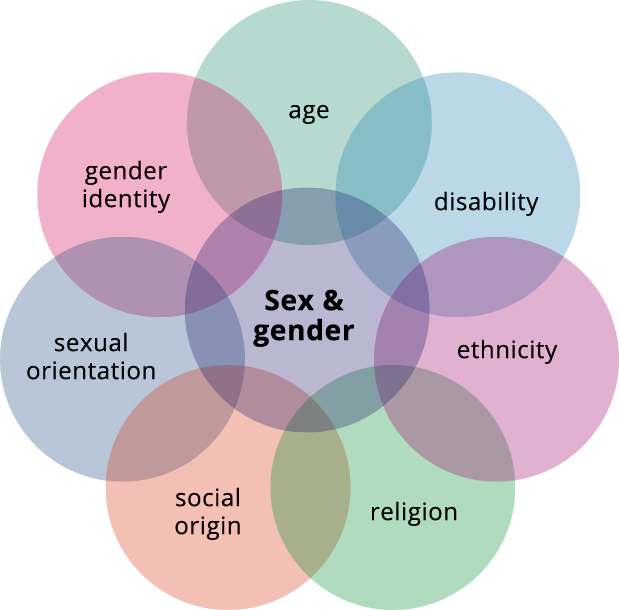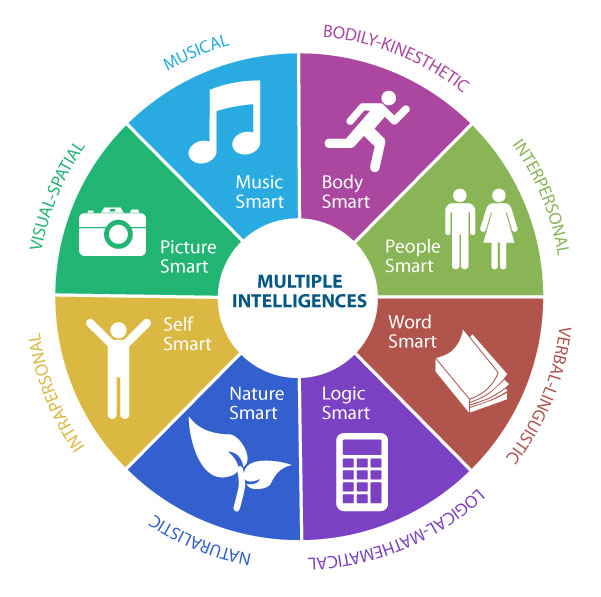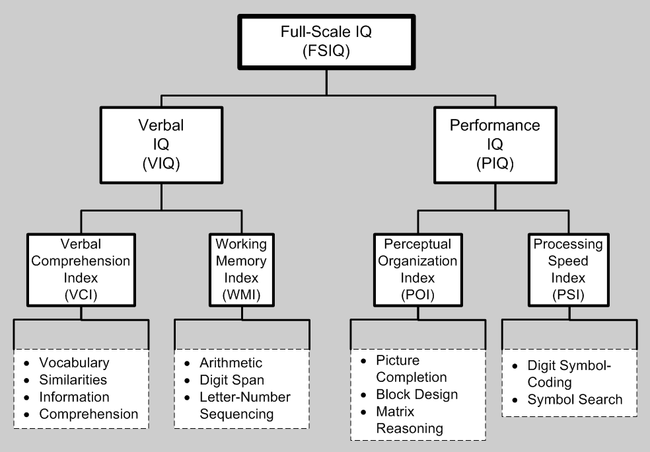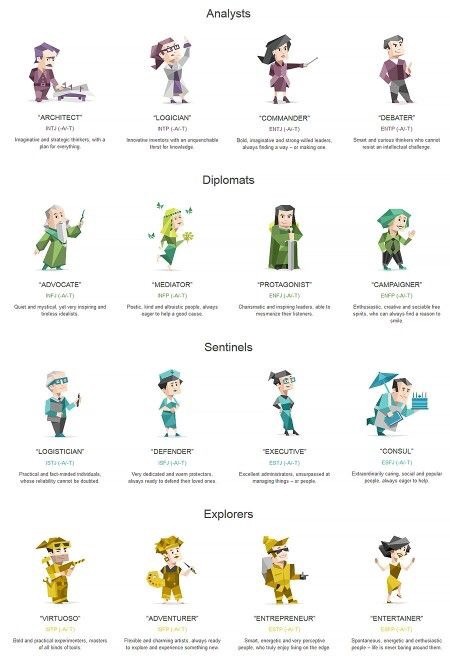A SYSTEMIC STUDY OF:
THE INTELLIGENCE OF PEOPLE
WITH DIFFERENT GENDER ORIENTATIONS
Section 000: Preface:
topic referenced:
Does gender expression affect intelligence development?
Section 001: introduction:
before watching this video discussion, this my first impression and written response.
I will complete this assessment first and then watch the video discussion to compare my response to conclusion of the group.
the question as as presented here, has a flaw. I will attempt to clarify this flaw and provide suggestions to conduct a reasonably accurate study in future by any interested parties or agencies.
Section 002: Central point:
the general distinctions addressed here are as follows:
-
subjective vs objective inquiry
-
and
-
duality of exclusion vs inclusion of plurality
-
and
-
the limitations of objective measurement
section 003: main objection:
I object to the question in this way:
This topic as presented, creates a separate, qualitative, division between two opposing groups.
What I hear, is this: “ is one group better than the other?”
premise of objection:
a qualitative comparison between two objects or groups in this case, limits the responses to subjective interpretation and offers little to no incentive to create objective or emergent responses.
If the author is seeking only subjective perspectives and attempts to debate a non-debatable subjective view, then the topic as posed will serve that intention.
it is my contention that, the overall clarity of the question can be improved and can improve the results of the inquiry. to this end, I can offer these suggestions. it is only after a careful measurement of the criteria, indepth study of the results, conduct a peer-reviewed assessment, can any one individual or agency claim; with any crediable certainty; that one group is: "qualitatively better than another".
Section 004: suggestion:
Lets rephrase the question in terms of quantitative and and pluralistic re framing.
“What is the average IQ Range of (a specific demography) of people with different gender orientations?"
the clarification requirements, I propose, are:
Specific, quantifiable, non-divisive and inclusive within a targeted field of study, in this case; gender orientation, intelligence type and demographic.
Here is a list of a systemic categorization of the currently known orientations.
Main categories
demographic categorization
-
age
-
disability
-
religion
-
social origin
-
occupation
intelligence categorization
-
Naturalist (nature smart)
-
empathic, awareness of other needs
-
Musical (sound smart)
-
auditory, signal discrimination, tone, rhythm, pitch, harmonic, melody identification
-
Logical-mathematical (number/reasoning smart)
-
capability, comparative, discernment, analysis
-
Existential (life smart)
-
adaptability, spiritual
-
Interpersonal (people smart)
-
extroversion, co-dependent, street smart
-
Bodily-kinesthetic (body smart)
-
athletic muscle memory,
-
Linguistic (word smart)
-
communication: poetic
-
Intra-personal (self smart)
-
introverted, independent
-
Spatial (picture smart)
-
visual, artistic
relationship Interactions:
-
marital relationships
-
non-marital relationships
-
extra-martial relationships
-
intra-marital relationships
-
theistic relationships
-
ideological relationships
-
none
care responsibility:
-
with children
-
without children, inability, refusal by choice
-
pets
-
non pets
-
inanimate objects
-
projects, goals or ideology
-
objects of devotion, renunciation, devotee, worship
-
team, business, organization, congregation
-
no responsibilities
types of relationships
-
single
-
couples
-
poly groups
-
congregational groups
status:
-
active
-
non active
-
intermittent
documentation: availability for testing, study, and the interview process
-
accessible
-
voluntary
-
accurate representation
biological physiology:
-
male
-
female
-
hermaphrodite
-
neuter
other contributing factors:
-
biology: disabled, malfunction, damaged, physical trauma
-
psychology: disabled, malfunction, damaged, emotional trauma
-
mental: disability, education level, damaged, mental trauma
-
chemical biology: current state of hormone production, daily levels and disruption
-
age presentation: relative, biological and behavior
-
characterization: fictional, dramatic, costume, digital, fantasy, furires
Major obstacles that impact an accurate study
under representation:
one problem here is the sample size. How many individuals can be interviewed measured for IQ quanta within each specific category.
many of these groups are severely under represented world wide.
Some classifications are rare. An additional layer of complexity is the means to locate them. fewer still, are individuals who are willing to come forward and to be identified.
Due to political aversion, social stigma and lack of trust of others.
Gender fluidity:
A another problem here is statistical accuracy. many of these individual orientations are not considered static. Some people are self-referred to as fluid and this orientation changes with a sufficient degree of frequency to make an accurate assessment difficult.
Limited western perspective:
the western mainstream view is aware of only a select few.
Asexual, BI, male only couples, female only couples.
For example the Hindu have a unique approach to describing gender roles and identities in ancient societies.
scope and range of demographic types, intelligence types, orientation types. the growing lists of categorical types are exponential in nature. more criterion that is filtered for, the higher degree of individualization and explicit accuracy can be achieved.
the ancient Hindu culture from India refers to 64 known orientations here are several References
https://www.healthline.com/health/different-genders
64 Terms That Describe Gender Identity and Expression
Why does it matter?
Language and labels are important parts of understanding your gender and knowing how to be affirming and supportive of other people’s genders — but they can also be confusing.
There are so many gender terms out there, many of which overlap. Some also have definitions that shift over time or across different sources of information.
Thanks to the internet, we have more access to information, education, and visual representations of diverse genders — but comprehensive and inclusive resources about gender as a concept and this aspect of identity are still lacking.
http://dgrahamblog.blogspot.com/2018/04/im-just-saying-there-are-many-sexual.html
At last count, certain people and organizations would have you know that there are 64 genders. Here is just a partial list: of 21 flavors and then some.
| Masculine Homosexual Man Masculine Heterosexual Man Masculine Bisexual Man |
Feminine Homosexual Man Feminine Heterosexual Man Feminine Bisexual Man |
Androgine Homosexual Man Androgine Heterosexual Man Androgine Bisexual Man |
Masculine Heterosexual Woman Masculine Homosexual Woman Masculine Bisexual Woman |
Feminine Heterosexual Woman Feminine Homosexual Woman Feminine Bisexual Woman |
Androgine Heterosexual Woman Androgine Homosexual Woman Androgine Bisexual Woman |
Masculine Homosexual Andromale Masculine Heterosexual Androfemale Masculine Male-Attracted Androdite |
https://www.quora.com/How-many-types-of-genders-are-described-in-Hindu-scriptures-and-literature
here is a further breakdown in Hindu texts break down their known behaviors, bodily functions, and spiritual categories. Such as consciousness itself, can differentiate within 3 categories. Gods, human, or beasts.
Examples:
3. Srimad Bhagavatam
kvacit pumān kvacicca strī kvacinnobhaya mandhadhīḥ | devo manuṣyas-tiryag vā yathā karma guṇaṁ bhavaḥ ||
The Self which is enveloped by ignorance, is sometimes embodied as a man, sometimes as a woman, sometimes as a homosexual (ubhaya). According to its deeds and the nature one acquires thereby, one may be born as a god, a human or a beast. (Bhagavatam 4.29.29.)
5. Adhyatma Ramayana
na strī pumānvā ṣaṇḍo vā jīvaḥ sarvagato’vyayaḥ | eka evādvitīyo’yam ākāśavad lepakaḥ | nityo jñānamayaḥ śuddhaḥ sa katham śokam arhati ||
Kishkindha Kanda 3:16
Rama says : “The jiva is all-pervading and endless. It is neither masculine, feminine or neuter (ṣaṇḍha). It is one without a second, unaffected by anything, like the sky. It is eternal, pure and of the nature of consciousness.
Here is one reference that presents 63genders, NO. now, 81 genders with their own 3x systemic categorization schema of gender.
They categorize gender into physical, personality, and preference.
I can interpret this as referring to: biological status, external presentation and personal preference
I won't list them all here, though apath.org goes to great lengths to be all inclusive.
Including orientations and attractions to/of inanimate, non-biological objects.
Example: Apache Attack Helicopters (Helisexuals)
Apache Attack Helicopters (Helisexuals)
Because this is the meme-filled internet, and we want to be inclusive, I felt I should address the recent rise in Apache Attack Helicopter helisexuality online with an additional entry.
I Sexually Identify as an Attack Helicopter
https://knowyourmeme.com/memes/i-sexually-identify-as-an-attack-helicopter
Why do people think there are 63 genders?
Basically because 4^3=64
if you include the extra category on the bottom right then there are 125 (5^3) genders.
It’s easier to think of broad categories, ie just 5^3 than it is to think of 125 at the same time.. there’s probably exponentially more than 125 if you really want to categorize and not all that difficult to do..
https://www.quora.com/Why-do-people-think-there-are-63-genders
for further study:
math homework:
The exponent of a number says how many times to use the number in a multiplication.
Exponents are also called Powers or Indices.
https://www.mathsisfun.com/exponent.html
https://www.coe.int/en/web/human-rights-channel/stop-sexism
this group categorizes gender orientation in this way:
Sexism is any expression (act, word, image, gesture) based on the idea that some persons, most often women, are inferior because of their sex.
OTHER areas of discrimination based on role, gender or identity of expression.
-
age
-
disability
-
ethnicity
-
religion
-
social origin
-
sexual orientation
-
gender identity
this model there are 2 to the power of 4
2^4 = 16 categories to classify study participants. In this model there are 16 orientations
this is an example how the exponential growth impacts quantitative measurements as new filters are added.
Eight types of intelligence
-
Logical-mathematical intelligence
-
Linguistic intelligence
-
Spatial Intelligence
-
Musical Intelligence
-
Bodily-kinesthetic Intelligence
-
Intrapersonal Intelligence
-
Interpersonal Intelligence
-
Naturalistic intelligence
additional research:
https://www.iberostar.com/en/inspiration-guide/wellness/eight-types-of-intelligence/
https://blog.adioma.com/9-types-of-intelligence-infographic/
Nine types of intelligence
-
Naturalist (nature smart)
-
Musical (sound smart)
-
Logical-mathematical (number/reasoning smart)
-
Existential (life smart)
-
Interpersonal (people smart)
-
Bodily-kinesthetic (body smart)
-
Linguistic (word smart)
-
Intra-personal (self smart)
-
Spatial (picture smart)
further study: take this test
The 9 Different Types of Intelligence – Which Smart are you ?
https://themindsjournal.com/the-nine-different-types-of-intelligence-which-smart-are-you/
note: there are several methods to Measure IQ in 8-9 types here is one of scale of measurement
note: there are different levels of measurement categories:
-
full scale IQ
-
verbal IQ and Performance IQ
-
verbal comprehension index
-
working memory index
perceptual organization index
-
processing speed index
-
16 additional sub categories
https://en.wikipedia.org/wiki/Wechsler_Adult_Intelligence_Scale
The Wechsler Adult Intelligence Scale (WAIS) is an IQ test designed to measure intelligence and cognitive ability in adults and older adolescents.[1] The original WAIS (Form I) was published in February 1955 by David Wechsler, as a revision of the Wechsler–Bellevue Intelligence Scale, released in 1939.[2] It is currently in its fourth edition (WAIS-IV) released in 2008 by Pearson, and is the most widely used IQ test, for both adults and older adolescents, in the world. Data collection for the next version (WAIS 5) began in 2016 and is expected to end in spring 2020.[3]
Further study:
Theory of multiple intelligences
https://en.wikipedia.org/wiki/Theory_of_multiple_intelligences
The theory of multiple intelligences proposes the differentiation of human intelligence into specific “modalities of intelligence”, rather than defining intelligence as a single, general ability.[1] The theory has been criticized by mainstream psychology for its lack of empirical evidence, and its dependence on subjective judgement.[2]
https://www.upbuild.com/enneagram/9types
Enneagram personality types:
the Enneagram adds and additional layer of filtering to personality expression beyond gender roles, perceived
or characterized, real or imaginary.
There are nine basic personality Types on the Enneagram (the name “Enneagram” means nine-pointed figure). Every individual is one of the nine Types. The primary Type is the most essential element of our personality. It is our lens on the world through which all of our thoughts and experiences are filtered.
further study:
https://www.enneagraminstitute.com/
https://www.16personalities.com/
to add an additional layer to the of human expression Identity complex,
here are 16 types of personalities that are expresses either explicit, latent or implied.
i personally oscillate between intp and infp with some isfp tendencies. eve i dont always fit within a standard paridigm.
for further study
https://www.myersbriggs.org/my-mbti-personality-type/mbti-basics/











